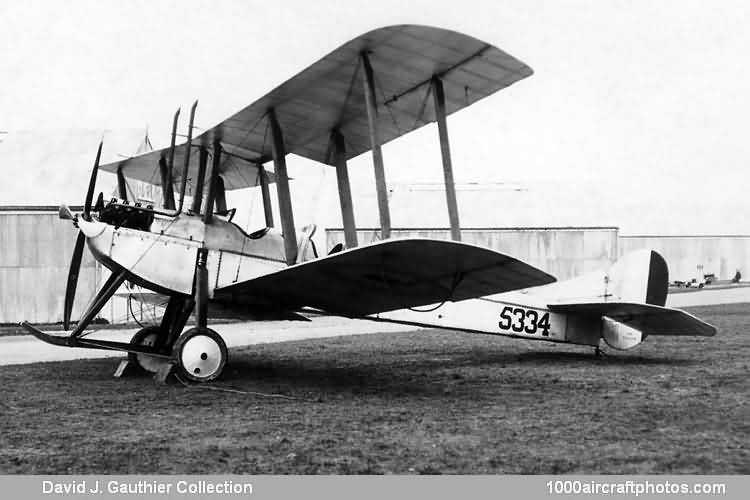01/31/2011. Johan Visschedijk: "Frederick Koolhoven's F.K.2 design for Armstrong Whitworth arose out of the firm's disinclination to undertake production of the Royal Aircraft Factory's B.E.2c and the company's conviction that its own designer could evolve a superior and easier to construct machine.
The project was started in August, 1913, and the machine emerged as a two-seat tractor biplane of conventional appearance. A fair amount of stagger was incorporated in the equal-span, two-bay wing cellules; the refined fuselage contained two tandem cockpits with the observer occupying the rearmost, and the landing gear embodied a long central skid. The prototype, first flown by Norman Spratt, was powered by a 70 hp Renault V-8 engine, driving a four-blade propeller. It was followed by another six FK.2s powered by a 90 hp Royal Aircraft Factory (RAF) 1a engine.
The F.K.2's performance in its trials brought a substantial order for the production version, designated FK.3, which was modified to have the pilot seated in front of the observer in a large single cockpit. The 105 hp RAF 1b was installed as an alternative power plant, and the observer was equipped with a single Lewis gun on a pillar mounting. Several different sizes of bombs could be carried externally, but, when engaged in such a role, the F.K.3 was often flown solo to enable it to lift its bomb load. Of the FK.3, 218 examples were produced, of which at least three from spare parts."
